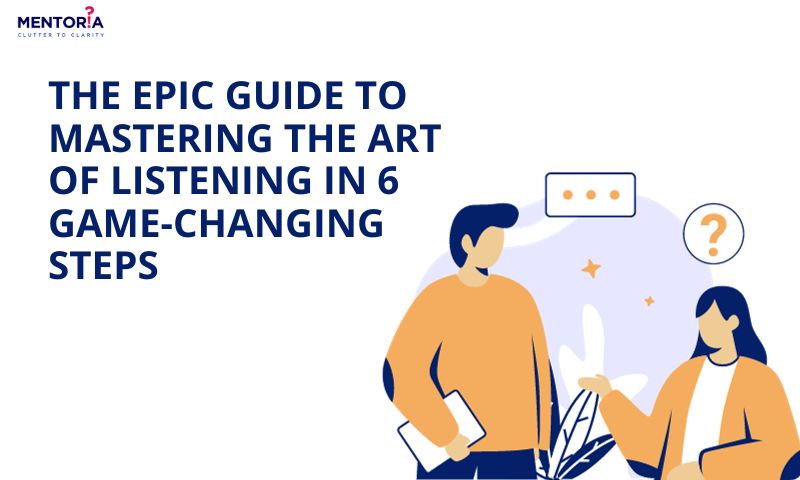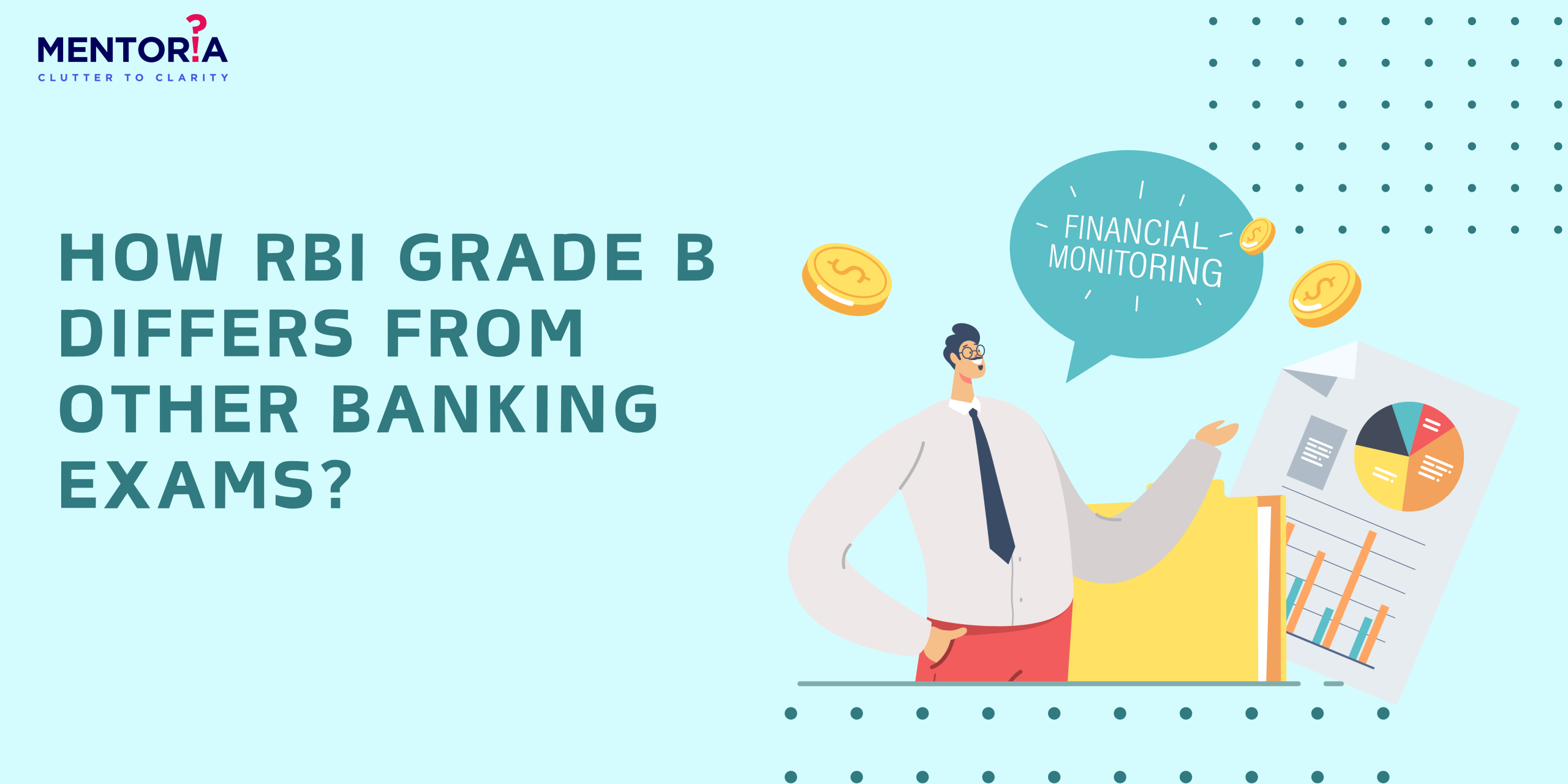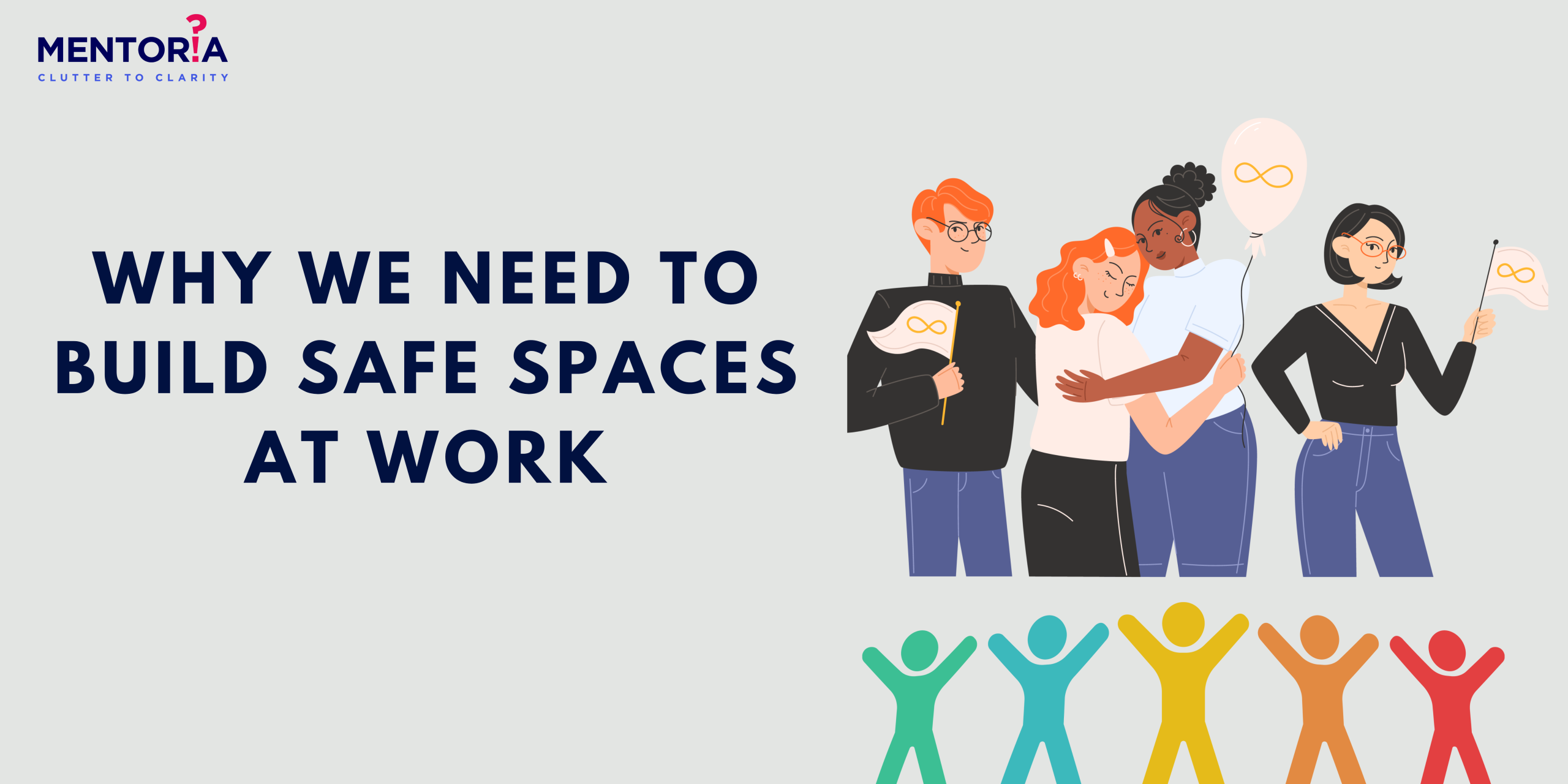The Epic Guide To Mastering The Art Of Listening In 6 Game-Changing Steps

In a world that tends to prioritise speaking over truly listening, those who master the art of attentive listening become the magicians of authentic connections. Wondering why it’s a big deal? Let’s break it down: Effective communication is a lively dance, a rhythm where both partners contribute. Here’s why being a good listener is crucial:
6 Ways To Master Listening
Importance Of Effective Communication
Fosters Deeper Connections
Being a good listener establishes a foundation for genuine connections. When individuals feel heard and understood, it cultivates trust and strengthens relationships. Whether in personal or professional realms, the ability to forge deep connections is integral to a harmonious and collaborative environment.
Enhances Problem-Solving
Effective listening is the cornerstone of constructive problem-solving. By comprehending others’ perspectives and concerns, a good listener can contribute to more informed and collaborative solutions. This skill is particularly vital in team dynamics, where diverse viewpoints converge to address challenges.
Strengthens Emotional Intelligence
Active listening is a key component of emotional intelligence. It involves not just hearing words but also discerning underlying emotions. A good listener can navigate the nuances of human feelings, responding with empathy and fostering a supportive environment.
Reduces Misunderstandings
Miscommunications often arise from a lack of careful listening. Being attuned to the nuances of verbal and non-verbal cues helps mitigate misunderstandings. Clear communication, rooted in active listening, is instrumental in preventing conflicts and promoting harmony.
The Power Of Open-Ended Questions You Never Knew!
Open-ended questions act as conversational bridges, inviting others to share more about their thoughts and experiences. By steering away from yes/no answers, you create an environment that encourages deeper insights and a more profound understanding. For instance, asking, “What led you to that decision?” or “How has this impacted you?” opens up avenues for meaningful conversations, fostering a sense of openness and connection. Embracing open-ended questions not only demonstrates your curiosity but also allows you to delve into the richness of someone’s perspective, making interactions more engaging and substantial.
- Avoid Yes/No Traps: Ask questions that require more than a simple “yes” or “no” response.
- Encourage Elaboration: Phrase questions to prompt detailed answers, inviting the speaker to share more.
- Use Neutral Phrasing: Frame questions without implying a preferred answer to ensure unbiased responses.
- Listen Attentively to Responses: Pay close attention to the answers provided, showing genuine interest in the speaker’s perspective.
Summarising – Making Sense Without The Nonsense!
Summarising serves as a vital checkpoint in communication, ensuring that both parties are on the same wavelength. After someone shares their thoughts, summarising involves paraphrasing to confirm understanding. By saying, “If I’m understanding correctly, you’re saying…” you not only reinforce your grasp of the information but also convey a genuine interest in comprehending the speaker’s message. This practice enhances the clarity of communication, reduces the risk of misunderstandings, and strengthens the connection between the listener and the speaker. Summarising is a potent tool that elevates the overall quality of conversation.
- Rephrase Key Points: Repeat the speaker’s main ideas in your own words.
- Check for Accuracy: Confirm your understanding by asking if your summary aligns with the speaker’s intent.
- Maintain Objectivity: Present a neutral summary without injecting personal opinions.
- Avoid Over-Simplification: Capture the essence of the message without oversimplifying complex ideas.
Reflecting Your Way To Connection And Understanding!
Reflective listening goes beyond the literal words spoken; it involves acknowledging and echoing the underlying emotions conveyed by the speaker. When someone shares a personal experience, responding with empathy by saying, “It sounds like that was really challenging for you,” establishes an emotional connection. Reflecting emotions shows that you are attuned not just to the information shared but also to the feelings beneath the surface. This practice fosters a sense of understanding and support, creating a space where individuals feel truly heard and valued. In the art of reflective listening, emotions become the bridge that deepens interpersonal connections.
- Identify Emotions: Pay attention to the speaker’s tone and body language to gauge underlying emotions.
- Choose Empathetic Phrases: Use empathetic language that reflects an understanding of the speaker’s feelings.
- Be Genuine in Expression: Ensure your reflections are authentic and resonate with the speaker’s emotional cues.
- Adapt Tone Appropriately: Mirror the emotional tone of the speaker in your reflective responses.
Crystal Clear Conversations: The Game-Changing Art Of Clarifying!
Communication can often be a tightrope walk, with the risk of misinterpretation looming overhead. Clarifying is the safety net that ensures both parties remain on the same page. When a point is unclear, a simple, “Could you provide more context on that?” helps untangle any potential knots in understanding. Seeking clarification isn’t a sign of ignorance but rather a commitment to mutual comprehension. This practice not only prevents assumptions but also enriches the conversation by delving into specifics. In the journey of effective communication, clarity becomes the compass, guiding the listener and the speaker toward shared understanding.
- Ask Specific Questions: Pinpoint areas of confusion by asking detailed, specific questions.
- Seek Examples: Request concrete examples to illustrate abstract or unclear points.
- Paraphrase for Confirmation: Repeat the information in your own words to check for accuracy.
- Encourage Elaboration: Urge the speaker to delve deeper into certain aspects that may need clarification.
Boosting With Short Words Of Encouragement!
In the symphony of conversation, short words of encouragement are like well-timed musical notes that harmonise the interaction. A sincere “I appreciate you sharing that” or “Thank you for being open with me” carries a powerful resonance. These brief acknowledgments not only affirm the value of the speaker’s contribution but also create a positive and supportive atmosphere. In the act of encouragement, you become the cheerleader of the conversation, uplifting the speaker and reinforcing the importance of their voice. Simple words of appreciation wield significant influence, transforming a dialogue into a shared and affirming experience.
- Acknowledge Effort: Express appreciation for the speaker’s willingness to share.
- Highlight Positives: Reinforce positive elements in the conversation with affirming statements.
- Maintain Sincerity: Ensure your words of encouragement are genuine and not mere pleasantries.
- Use Non-Verbal Cues: Accompany verbal encouragement with supportive body language to reinforce sincerity.
Reacting Appropriately In Every Conversation Scenario!
Reacting appropriately is a nuanced dance of expressing empathy without overshadowing the speaker’s narrative. Responding with phrases like “I can imagine that must be challenging for you” or “I understand why that would be important” showcases your emotional attunement. Avoiding immediate solutions, this practice communicates that you’re present, receptive, and genuinely engaged. In the art of appropriate reaction, you become a responsive partner in the dialogue, contributing to a dynamic exchange where feelings and perspectives are acknowledged. This measured responsiveness cultivates an environment where individuals feel heard and respected, enhancing the overall quality of communication.
- Express Empathy: Use empathetic language to convey understanding and support.
- Avoid Immediate Solutions: Refrain from jumping to solutions; focus on acknowledging the speaker’s feelings.
- Match Emotional Tone: Align your reaction with the emotional tone conveyed by the speaker.
- Encourage Further Expression: Prompt the speaker to share more by expressing interest in their perspective.
Mastering The Art Of Listening
In a world that often values the art of speaking, becoming a skilled listener is a rare and invaluable trait. By incorporating open-ended questions, summarising, reflecting, clarifying, offering words of encouragement, and reacting appropriately, you not only enhance your own understanding but also nurture stronger connections with those around you. So, pause, listen, and discover the profound impact that being a good listener can have on your relationships and the quality of your interactions.
We’re here to provide you with all the help! Kick-start your journey with Mentoria and discover the right fit for you. Unlock the superpower of listening with Mentoria! We’ve got the lowdown and six game-changing ways to make you a listening pro. Ready to level up your listening skills? Call us! Our career mentors at Mentoria are here to chat and help you pick the perfect guidance plan.









